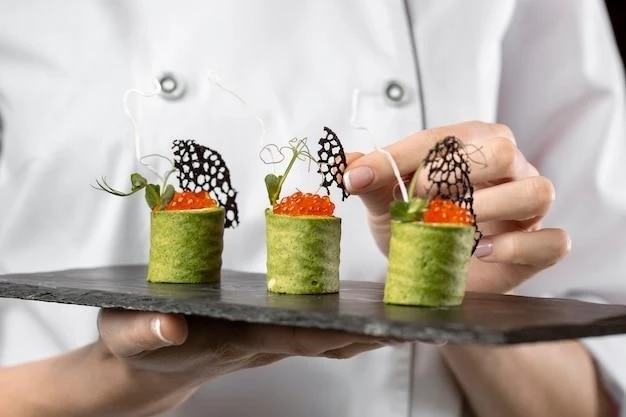My Dive into the World of Molecular Gastronomy
For years, I’ve been a devoted home cook, finding joy in traditional recipes and techniques. However, the allure of molecular gastronomy, with its promise of transforming ordinary ingredients into extraordinary culinary experiences, had always lingered in the back of my mind. This year, I decided to take the plunge and explore this fascinating world firsthand.
The Initial Foray: More Than Just Fancy Gadgets
My journey began with research. I quickly realized that molecular gastronomy wasn’t just about using fancy equipment and chemicals; it was about understanding the science behind why ingredients behave the way they do. Armed with this knowledge, I felt empowered to manipulate textures and flavors in ways I’d never imagined.
My First Experiment: The Magic of Spherification
Eager to get my hands dirty, I decided to try spherification, a technique that transforms liquids into caviar-like spheres. I chose a simple recipe for balsamic vinegar pearls, a classic example of this technique. Using sodium alginate and calcium chloride, I carefully followed the instructions, feeling a surge of excitement as the balsamic droplets magically morphed into tiny, flavorful bursts.
The result? An explosion of intense balsamic flavor that elevated a simple salad into a gourmet experience. It was thrilling to witness firsthand the power of science transforming a basic ingredient into something so unexpected and delightful.

Beyond Spherification: Expanding my Molecular Horizons
Spherification was just the beginning. I ventured into other techniques, like:
- Sous Vide Cooking: This method, involving cooking food sealed in a water bath, yielded incredibly tender and juicy chicken breasts. The precision of temperature control was remarkable.
- Edible Foams: Using soy lecithin, I created airy foams with intense flavors. My personal favorite was a Parmesan foam that added a touch of luxury to my pasta dishes.
- Deconstruction: I deconstructed a classic cheesecake, presenting the elements – graham cracker crumble, creamy cheese filling, and a berry reduction – separately on the plate. This allowed each component’s flavor to shine.
Challenges and Triumphs: A Continuous Learning Curve
My journey wasn’t without its challenges. Some techniques proved trickier than others, and there were a few mishaps along the way (a particularly memorable attempt at fruit caviar comes to mind). But each success and failure deepened my understanding and fueled my passion for exploring the limitless possibilities of molecular gastronomy.

More Than Just a Cooking Style: A New Perspective
My foray into molecular gastronomy has been an eye-opening experience. It’s not simply about creating visually stunning dishes; it’s about pushing the boundaries of culinary creativity, understanding the science behind food, and ultimately, enhancing the enjoyment of every bite. It’s about transforming the act of cooking into an exciting adventure, where each dish is an opportunity to experiment, learn, and delight the senses.
Tips for Aspiring Molecular Gastronomes
If you’re intrigued by the world of molecular gastronomy, I encourage you to dive in! Here are a few tips from a fellow enthusiast:
- Start with Research: Understanding the science behind the techniques is crucial. There are countless online resources, books, and even online courses available.
- Invest in Essential Equipment: Some basic tools, like a precision scale, immersion blender, and a few key ingredients (sodium alginate, calcium lactate), can go a long way.
- Begin with Simple Recipes: Start with techniques like spherification or sous vide cooking before moving on to more advanced methods.
- Don’t Be Afraid to Experiment: Molecular gastronomy is all about pushing boundaries. Be creative, have fun, and don’t be discouraged by a few mishaps along the way.
So, go ahead, embrace your inner culinary scientist, and embark on your own molecular gastronomy adventure. You might be amazed by what you create!










